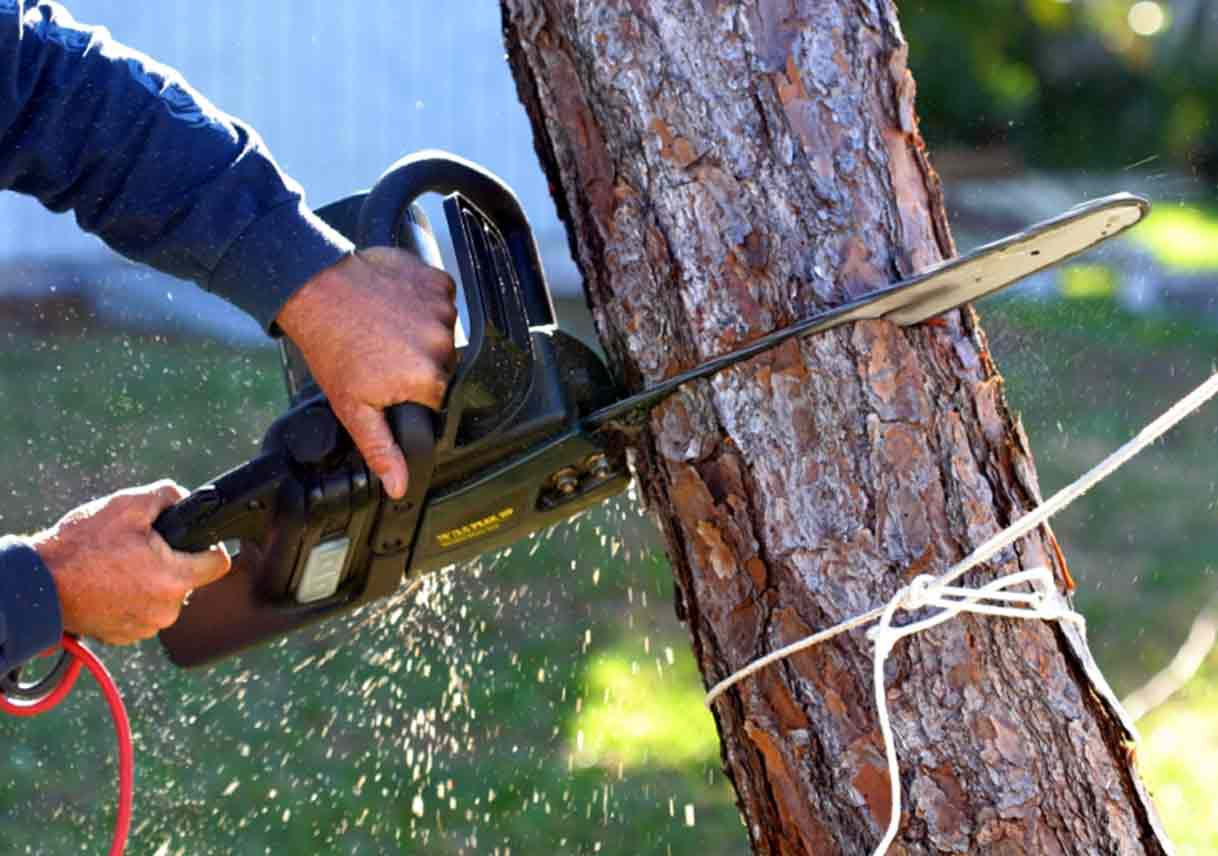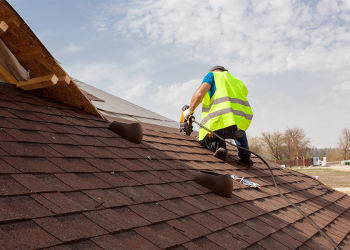Table of Contents
Madison, Wisconsin is no stranger to the power of nature. Nestled between lakes and home to one of the Midwest’s most beloved cityscapes, the capital city experiences all four seasons in full force. But as climate patterns shift, Madison is facing a rising tide of extreme weather events—from torrential rains and high winds to late-season snowstorms and flash floods.
In this changing environment, one of the most overlooked aspects of home resilience is the condition of the trees that surround it. When done thoughtfully, tree removal in Madison is emerging as a proactive step in storm-proofing homes and protecting community infrastructure.
While the idea of cutting down trees may seem counterintuitive in a city known for its canopy-lined streets and environmental values, strategic tree removal plays a critical role in mitigating storm-related risks. It’s not about eliminating green space, but about managing it wisely. Identifying which trees pose a hazard—and removing them before disaster strikes—can save lives, homes, and public resources.
As Madison builds climate resilience into its urban planning, understanding the connection between storm safety and tree removal is more important than ever.
Removing High-Risk Trees Before Storms Strike Saves More Than Just Property
Strong trees provide beauty, shade, and ecological benefits, but weakened or improperly placed trees can become projectiles during high-wind events. In recent years, Madison has experienced multiple storms that have caused significant tree damage, resulting in downed power lines, blocked roads, and damaged homes. Many of these incidents could have been avoided with early tree assessments and removal.
High-risk trees include those with large, overextended limbs; visible decay or disease; or root systems that have been compromised by construction or erosion. In urban neighborhoods where homes and trees coexist in close quarters, even a medium-sized limb can do catastrophic damage to a roof or window.
More importantly, falling trees can pose a serious danger to people inside their homes or walking nearby.
Professional tree removal specialists use tools such as resistograph testing and aerial inspections to identify trees that may not survive the next storm. In neighborhoods such as Marquette, Atwood, or Regent, where many mature trees are decades old, this preemptive care is especially crucial.
Investing in tree removal ahead of extreme weather isn’t just a matter of cost—it’s a measure that safeguards lives, emergency response access, and infrastructure.
Tree Removal Enhances the Effectiveness of Drainage and Stormwater Systems
Trees with dense canopies and widespread roots can sometimes unintentionally hinder drainage. In Madison, where stormwater infrastructure is being stressed by more frequent downpours, effective water flow is essential to preventing street flooding and basement backups. When leaves, branches, or root systems clog catch basins or divert runoff into vulnerable areas, the results can be expensive—and dangerous.
Removing problem trees that block drainage channels or grow too close to stormwater outfalls helps ensure that water can move where it’s designed to go. Trees with invasive or shallow root systems can also damage underground pipes, storm drains, and culverts, leading to hidden infrastructure failures that only become apparent during major rain events.
In newer Madison developments where green infrastructure is integrated into the landscape—such as rain gardens, bioswales, and permeable pavements—tree removal supports long-term function by reducing interference. Removing one poorly placed tree can improve runoff absorption for an entire street, making neighborhoods more resilient to flash flooding and erosion.
Supporting Power Grid Stability by Removing Trees Near Utility Lines
One of the most common causes of power outages during storms in Madison is trees or branches falling onto power lines. As wind speeds increase and precipitation weighs down canopies, limbs snap, trunks topple, and lines come down—sometimes across roads, yards, or vehicles. This not only disrupts service but can also create immediate fire and safety hazards for residents.
Tree removal near utility corridors is a critical line of defense in maintaining power grid stability during climate events. Madison Gas and Electric, along with city utilities, has invested in regular vegetation management to minimize these risks. However, on private property, the responsibility to maintain safe clearance often falls on the homeowner.
Removing trees that lean toward utility lines or that have limbs growing into power infrastructure is one of the most effective ways to prevent outages. For elderly homeowners or those without the means to manage large trees, assistance programs and community partnerships can make this preventative care more accessible.
As Madison continues to electrify heating and transportation systems, ensuring uninterrupted power during storms becomes an essential part of climate resilience planning.
Tree Removal Supports Safer Emergency Access in High-Density Areas
After a storm hits, the ability of emergency vehicles to reach affected homes quickly can mean the difference between life and death. In many Madison neighborhoods, especially older or more densely populated ones, overgrown or fallen trees are a major barrier to first responders.
Narrow streets lined with leaning trunks or low-hanging limbs may become impassable when debris clogs intersections or blocks driveways.
Strategic tree removal can help create safer, more navigable corridors for ambulances, fire trucks, and utility crews. Removing trees that obstruct visibility or pose a risk of collapse during storms ensures that emergency access remains viable even when time is critical. In areas near schools, hospitals, and senior housing, this access is not just convenient—it’s vital.
Madison’s urban forestry strategy increasingly includes tree removal not just for aesthetic or health reasons, but for public safety logistics. Paired with thoughtful replanting of smaller, wind-resistant species, this approach ensures that green space and emergency readiness coexist without compromise.
Removing Trees Creates Space for Resilient Replanting and Smarter Landscaping
Tree removal isn’t an endpoint—it’s often the first step in a longer, more thoughtful cycle of land stewardship. Once a high-risk or non-native tree is removed, it creates an opportunity to replant with species that are better suited to withstand Madison’s evolving climate. Native oaks, disease-resistant elms, and climate-adapted maples are increasingly part of the city’s recommended plant list.
Additionally, tree removal makes room for storm-resilient landscaping features such as rain gardens, bioswales, and pollinator patches. These elements not only beautify the property but also contribute to stormwater control, biodiversity, and carbon sequestration.
In areas prone to waterlogging or runoff, replacing a large, shallow-rooted tree with well-designed drainage landscaping can dramatically improve the land’s function during storms.
City programs that provide subsidies or guidance for replanting make this transition even easier. Tree removal in Madison, when followed by strategic replanting and storm-smart design, helps ensure that the landscape isn’t just restored—it’s improved for future conditions.
Conclusion: Proactive Tree Removal Is a Pillar of Madison’s Climate Resilience
As Madison prepares for a future shaped by stronger storms and shifting climate realities, tree care is becoming an essential part of the resilience toolkit. Far from being a last resort or an afterthought, tree removal in Madison is increasingly viewed as a proactive, responsible, and environmentally sound strategy for protecting homes, infrastructure, and public safety.
By identifying and removing high-risk trees before they become liabilities, homeowners and city officials alike can reduce storm damage, support emergency response, and create space for healthier, more adaptable landscapes. This doesn’t mean giving up Madison’s green identity—it means managing it with foresight and purpose.
Storm-proofing begins at the root level. And in a city that values both sustainability and community well-being, strategic tree removal isn’t about cutting back—it’s about growing forward.









